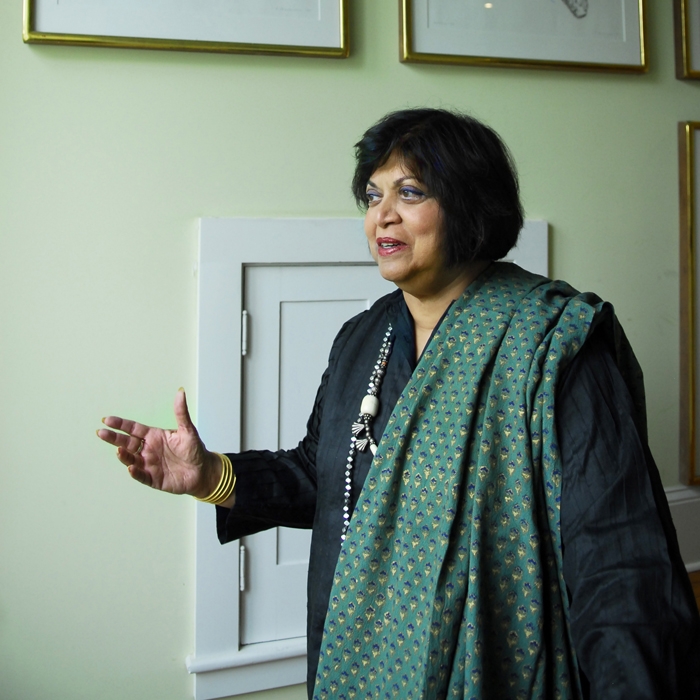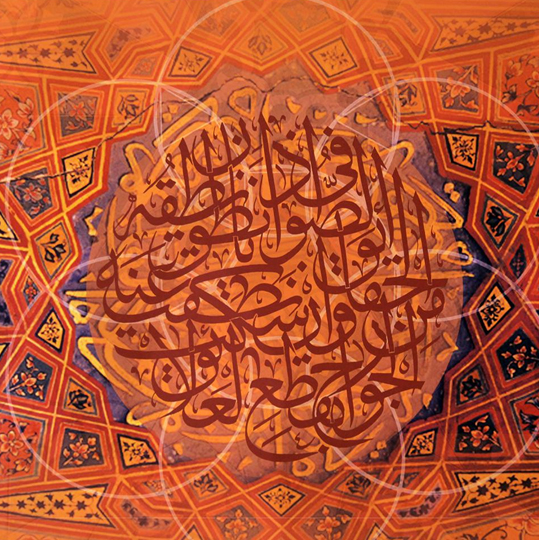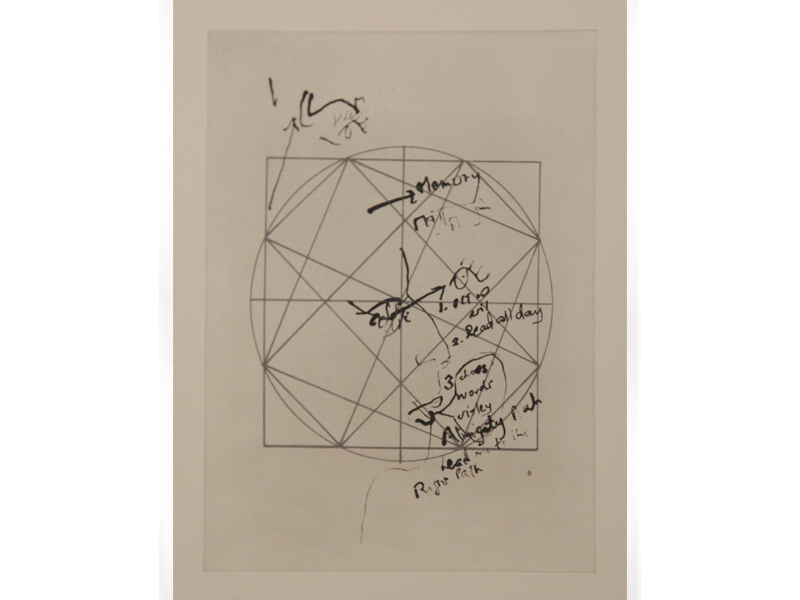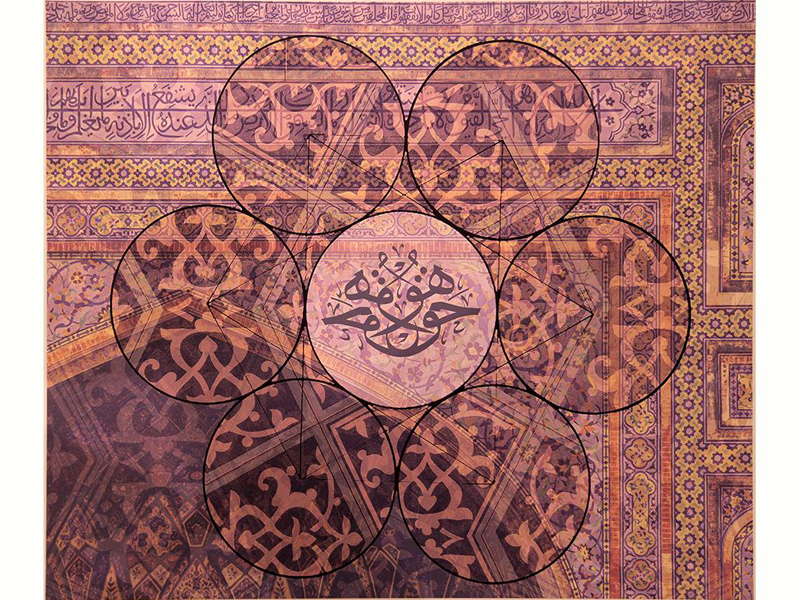SAMINA QURAESHI
Samina Quraeshi (1944-2013) dedicated her career to exploring the visual, material, and spiritual culture of Pakistan. Well-known for her award-winning books, Quraeshi worked across many media — painting, printmaking, graphic design, video, as well as the photography and the written word for which she is most well known — to reveal the internal diversity of Pakistan’s land and people to her fellow Pakistanis and also to illuminate this under-appreciated cultural wealth to audiences in the West. Presented here for the first time in Karachi is a retrospective of thirty-five years of printmaking work (1977-2013), in which she fuses her strong graphic sensibilities with her unique interpretation of some of the iconic images of her homeland: camels, falcons, the landscapes of Sindh and Punjab, Mughal architectural details, Urdu and Arabic calligraphy, and symbols of Sufi thought.
Her four illustrated books about Pakistan, Legacy of the Indus (1978), Lahore: The City Within (1988), Legends of the Indus (2006 and 2016), and Sacred Spaces: A Journey with the Sufis of the Indus (2009) each seek to communicate the richness, diversity and plurality that exists and once flourished within Pakistan. In addition to her fine art practice, she pursued a distinguished career in the United States as a designer, educator and public advocate. As co-principal of the firm, Shepard/Quraeshi Associates, with her husband Richard Shepard, for thirty-five years, she led her team in creating brand identity and communications materials for a notable list of corporate and non-profit clients, while teaching graphic design and printmaking at the Rhode Island School of Design, Boston University, and Harvard University. In the public sector, she served as the Director of the Design Arts Program of the National Endowment for the Arts, Associate Director of the Carpenter Center at Harvard University, the Henry Luce Professor of Family and Community at the University of Miami, and as the Robert Gardner Visiting Artist at the Peabody Museum at Harvard University. She was honored to receive the Tamgha-e-Imtiaz medal of excellence from the Government of Pakistan in 2006 for her work in cultural preservation.
Throughout this varied career, printmaking was a mainstay of her prodigious artistic output. Through lithography and silkscreens, and later, photomontage and digital processes, she would experiment with various juxtapositions and color treatments of recurring elements: animals, buildings and landscapes sketched during her travels across Pakistan; maps and text fragments found in London libraries and Sadr bookshops; the written word and the iconography of Islamic mysticism.
For her, these improvisational processes served as a way to connect her strong graphic sensibility — bold lines, rich color — with her delicate drawing hand as well as her intellectual fascination with the millennia-deep archive of visual representations of the Indus Valley region, indigenous as well as colonial, Islamic as well as secular, ancient and contemporary. Printmaking also allowed her to fuse her singular voice with the iterative, collaborative craftsmanship that is so deeply embedded in the craft traditions of Pakistan.
In 2012, while shooting The Other Half of Tomorrow, her documentary series about women working for social change across Pakistan, Quraeshi suffered a debilitating stroke. Over the subsequent 18 months, the final phase of her life making art, she worked on a new series of prints that brought together many of the elements that defined her earlier work: maps, calligraphy, architecture, landscape. She also introduced a new element: medical scans of her brain. This searing series, composed under her guidance and detailed instructions and printed posthumously by her daughter and long-time collaborator Sadia Shepard, serves to thematize the lens of memory and perception that has been so subtly central to all of her work yet never overt until now. The impeccable calligraphy of her earlier work transforms into fragments of handwritten pages from her journal. Sufi geometries become just one of the many organizing schema of identity alongside a conflicted but passionate patriotism and an ever curious mind.

EXHIBITIONS




